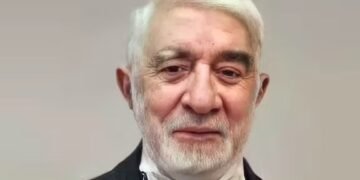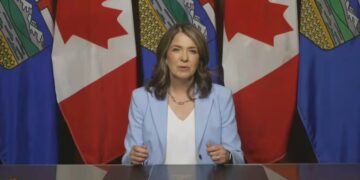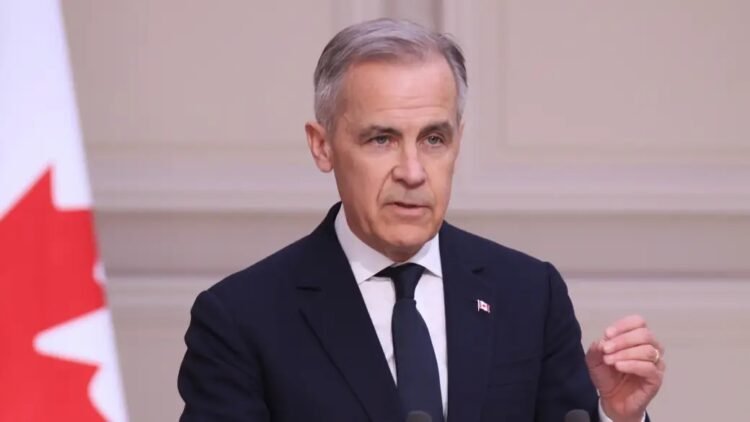Prime Minister Mark Carney’s arrival has revitalized the Liberal Party, with new polling data showing a significant shift in voter support. According to an Ipsos survey published on Tuesday, the Liberals now hold a 42% share of decided voter support, up from 36% for the Conservatives. This marks a seven-point increase in the Liberal lead over the Conservatives within just three weeks.
The poll, commissioned exclusively for Global News, reveals that the Liberals’ lead has surpassed the poll’s margin of error. Last month’s Ipsos survey showed a narrower Liberal lead within the margin of error, but now, Carney’s leadership seems to have given the party momentum, positioning them in “majority government territory.”
Darrell Bricker, CEO of Ipsos Public Affairs, explained that if the election were held now, the Liberals could be on track to win a majority government. “The numbers indicate the Liberals are approaching the threshold for a majority,” Bricker stated.
Meanwhile, other political parties are seeing changes. The Green Party’s support has dropped to 2%, and the People’s Party remains at 3%. Additionally, other smaller parties collectively gained 1%.
The shift in Liberal fortunes can be attributed to several factors, including Carney’s leadership and dissatisfaction among progressive voters with the New Democratic Party (NDP). Bricker noted that progressive voters have increasingly turned to Carney’s Liberal Party, given the NDP’s inability to present itself as a viable alternative to the Liberals under Justin Trudeau.
Carney, a former governor of the Bank of Canada and the Bank of England, took office as prime minister on March 14, following Trudeau’s resignation amid declining popularity. His leadership comes at a time of heightened tensions with the U.S., particularly due to a trade war that has resulted in significant tariffs on Canadian goods.
Carney has been vocal about the tariffs imposed by U.S. President Donald Trump, calling them “unjustified” and warning of “dark days” for the Canadian economy. Despite this, the Liberals’ recent surge in polling comes amid growing frustration with the Conservatives’ handling of the situation.
Ipsos also polled Canadians on which federal leader they believed would make the best prime minister. Carney emerged as the top choice, with 42% of respondents selecting him over Conservative leader Pierre Poilievre, who received 32%. NDP leader Jagmeet Singh garnered 12%, and Green Party leader Elizabeth May earned 7%. Other candidates, including Bloc Québécois leader Yves-François Blanchet and People’s Party leader Maxime Bernier, received lower support.
Bricker emphasized that Carney’s appeal is bolstered not only by his leadership but also by the shifting political landscape in Canada. Many Canadians who had considered voting Conservative are now rethinking their options, especially with Carney leading the revitalized Liberal Party.
The poll also found that nearly 60% of respondents believed it was time for a new federal government, though this sentiment has decreased significantly since Carney assumed the Liberal leadership. Forty-two percent of respondents now believe the Liberals deserve re-election, reflecting a shift in public opinion.
Demographically, the Liberals have gained significant ground among younger voters (18 to 34) and older Canadians (55+), while the Conservatives maintain stronger support among those aged 35 to 54. The gender gap has also reemerged, with women more likely to vote for the Liberals than men.
Regionally, the Liberals are leading in Ontario, Quebec, and British Columbia, while the Bloc Québécois trails by 15 points in Quebec. This indicates the Bloc’s diminishing relevance, particularly during the ongoing trade dispute with the United States.
Overall, the Ipsos poll suggests that Carney’s leadership has had a profound impact on the Liberal Party’s fortunes, signaling a potential shift in Canada’s political landscape. The next federal election is expected soon, and Carney’s role as prime minister could play a pivotal role in determining the country’s future direction.








































